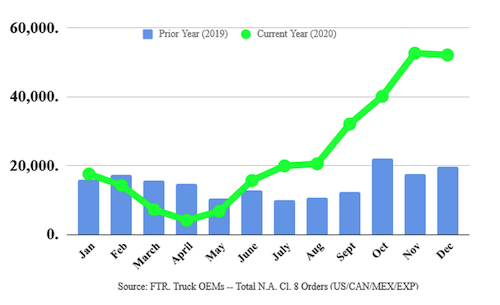


Supply Chain and Procurement Transformation in 2021
Article originally posted on Supply Chain Brief Some say COVID-19 is changing the future of supply chain. It’s not. The pandemic has only reinforced what we already knew, what Bristlecone and other industry thought leaders have long been evangelizing: If not built to withstand disruption – or better yet, to leverage it –the supply chain can, and will, crumble under stressors like demand volatility. Our research indicates that COVID-19 impacted 98% of businesses, with 60% reporting an ‘extreme’ impact. Unfortunately, that means 98% of businesses learned a difficult lesson last year. And when compared to overall business impact, executives say their supply chain was more susceptible to disruption from COVID-19 than their workforce, systems or operations. Disruption dominated the headlines in 2020, but it’s a common story and a constant threat. According to a pre-COVID report published by the Federal Emergency Management Agency (FEMA), 40% of businesses do not reopen following a natural disaster. On top of that, another 25% fail within one year. And it’s not just natural disasters causing disruption. Political unrest, industry regulations, terrorism and other incidents can instantly derail a supply chain. Today, despite COVID-19 slowing maritime traffic, piracy is thriving off the coast of West Africa and two of the shipping industry’s key players suffered cyberattacks just ahead of their peak season. Most supply chains simply weren’t built to handle disruption on any scale. With the global supply chain becoming as much a dining room discussion as it has a boardroom discussion, COVID-19 has served to amplify and accelerate the need for supply chain resiliency. It has been a wakeup call for the C-suite, bringing with it a sense of responsibility and urgency. So, while...
